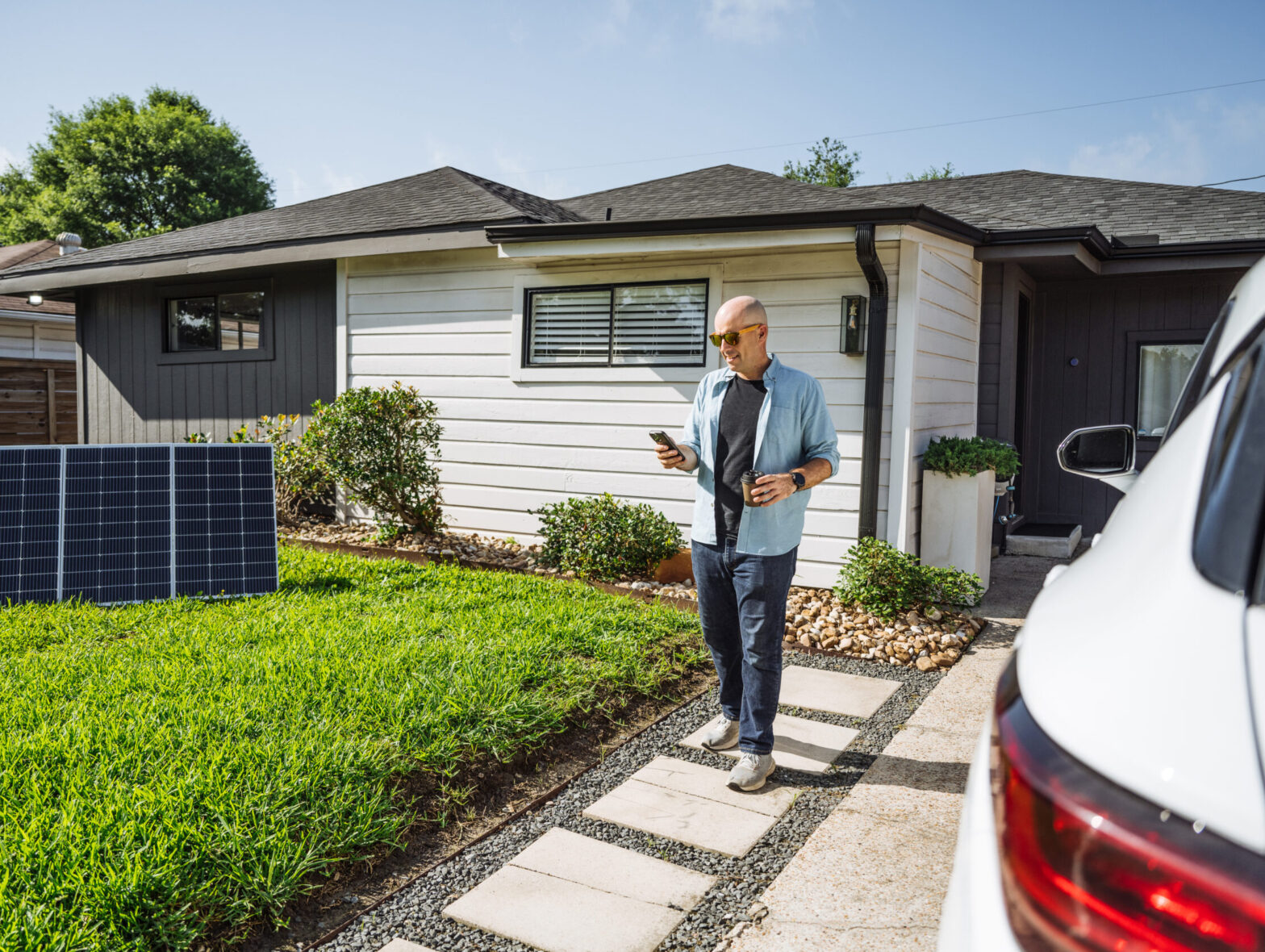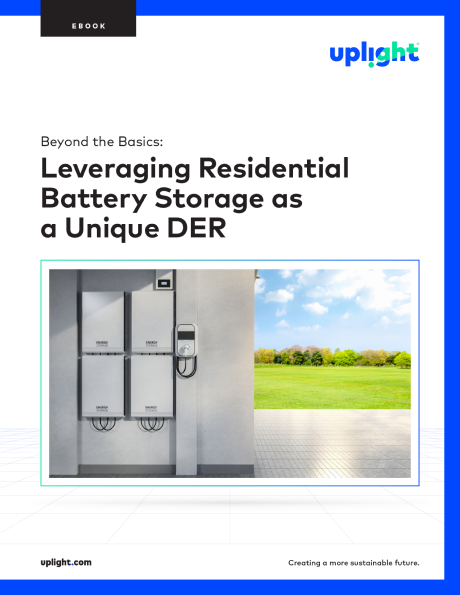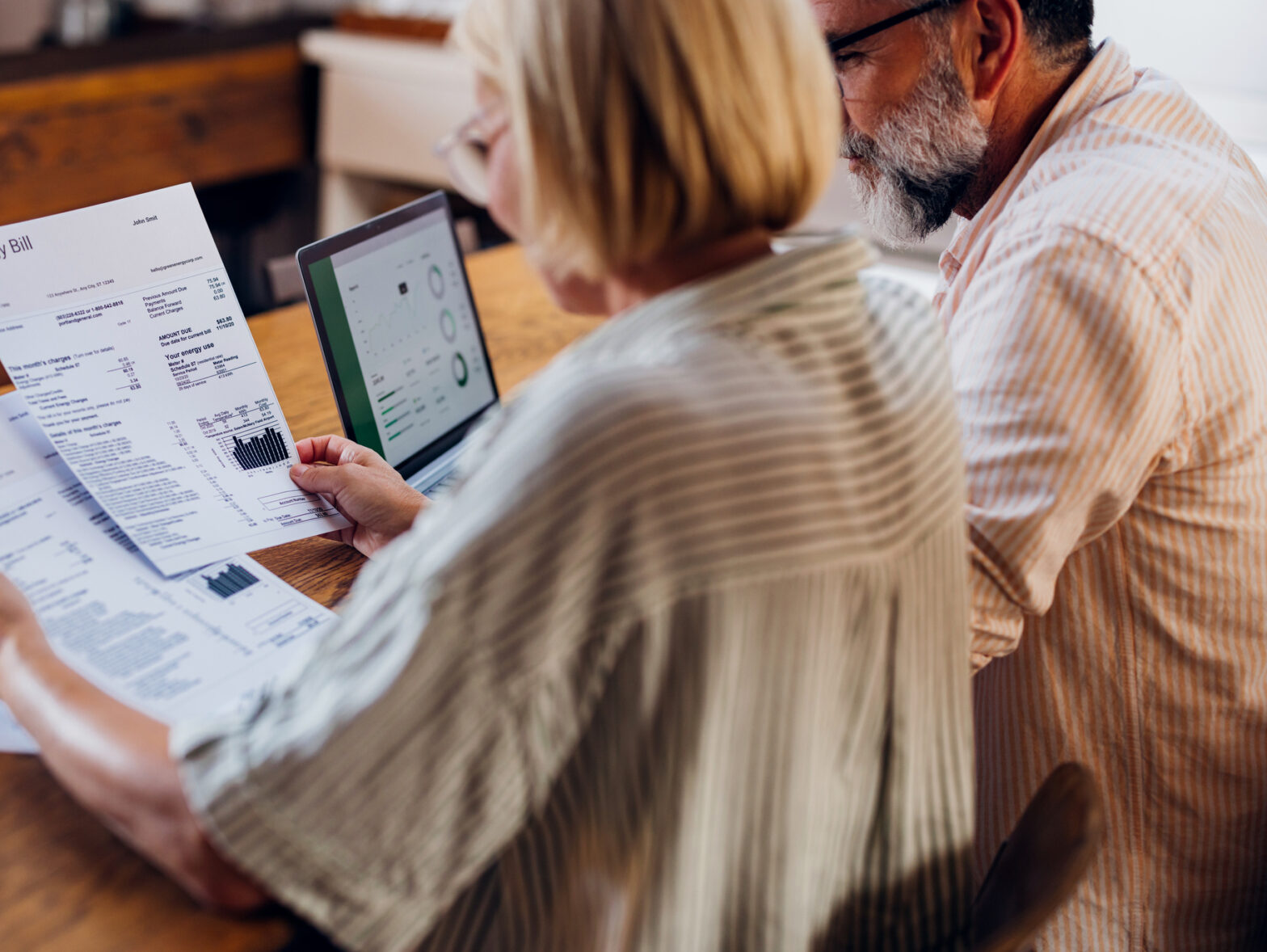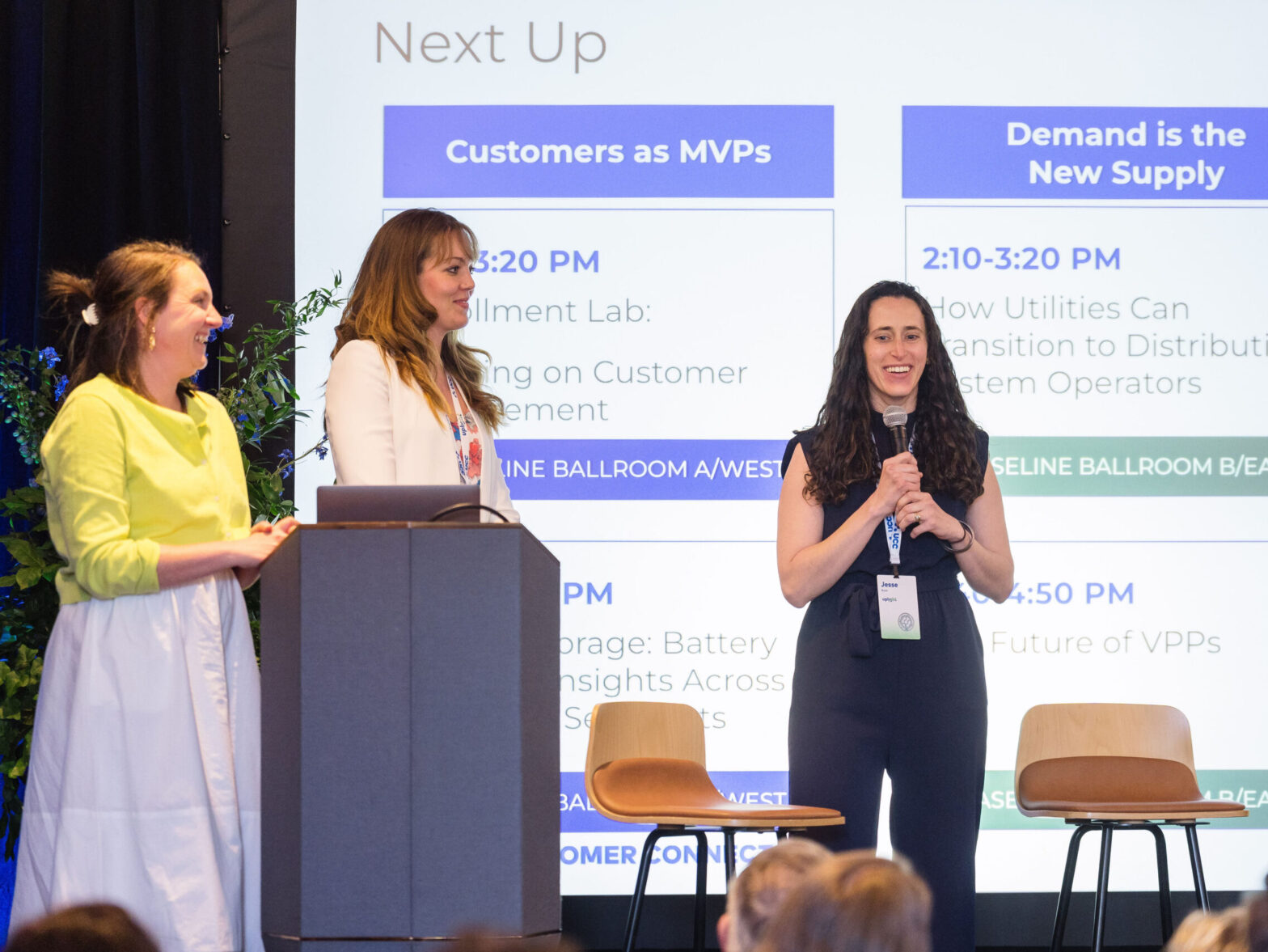Whether it be for mitigating power outages or to harness excess solar power, more residential customers are adopting batteries, often taking advantage of federal and local incentives. Batteries are a more flexible distributed energy resource (DER), with a variety of use cases from renewable energy deployment to time-of-use arbitrage to exporting capacity. This opens up a new set of customers to participate in demand response (DR) and virtual power plant (VPP) programs.
In order to reach early adopter battery customers and beyond, it is critical to understand them more to tailor messaging, recruitment, and program design for these types of DR programs. Through customer interviews, Uplight’s UX Design team partnered with a Southeastern utility to uncover who purchases residential batteries, their motivations for purchasing, and their expectations of a battery energy storage system (BESS) program (outreach, events, incentives, and more).
Who are Residential Battery Customers?
Today’s Early BESS Adopters
Nationally, most battery early adopters today are technology, energy, or business professionals. By nature of their work, these customers generally possess a solid understanding of grid constraints and climate issues, making DR awareness and education easier than with other residential customer segments. Interestingly, they self-identify as an energy “professional,” not a “hobbyist” or “novice,” which we have not seen in other customer segments.
Tomorrow’s BESS Adopters
It’s important to look ahead beyond early adopters as well. We also spoke with income-qualified (IQ) customers (211–453% of Federal Poverty Level), some of whom owned solar panels that were provided at zero cost through an energy utility-sponsored program. Across all income levels, customers feel their solar investment doesn’t deliver full value without the ability to store and use energy when needed. This is even more important for customers who live in more outage-prone areas, often also IQ households.
Income-qualified customers shared it would take 3–4 months to save up $1000. Doing the math, that means it would take IQ customers 3–5 years to save up for the average cost of a home battery on their own. Like solar, they need their utility to provide the battery at zero cost. As we look to scale electrification technology beyond early adopters, program design and incentives will likely look quite different for income-qualified households’ to participate in the energy transition.
Why Do They Buy Batteries?
Maintaining power during outages is a primary motivator for battery adoption, matched equally by the desire to reduce electricity bills. Additional motivations include being more environmentally conscious, supporting community resilience, and boosting home values.
While not the top motivators by volume, there are two that are unique to this early adopter group:
- Maximizing returns on clean energy investments (this group derives higher customer satisfaction from calculating ROI)
- Applying their professional skills with home energy upgrades. No other residential group expresses these traits.
Lower-income customers often view future battery ownership through a community lens, feeling a responsibility to assist neighbors during difficult times—essentially ‘paying it forward’ by sharing power resources during outages and promoting reliable assistance programs through local networks.
Affluent current battery owners are proud to share their backup power during outages—it becomes both a neighborly gathering opportunity and a status symbol. People want to stand out as “the house with the lights on.” While income-qualified households also talked about sharing energy access, they prioritize safety, motivated by protecting vulnerable neighbors from potential harm during weather-related power disruptions.
How Do They Find Out About BESS Programs?
Customer referrals are a powerful channel across all income brackets, with people naturally sharing benefits without compensation. This behavior is especially common among solar owners (who commonly evangelize new tech) and income-qualified customers who are motivated to help their friends, neighbors, and family have the same advantages.
Interestingly, in our interviews both of these groups shared that they used grassroots-style paper handouts to spread the word on local programs in neighbors’ mailboxes, or in local groceries, houses of worship, medical clinics, or community action centers (in the case of IQ customers).
OEM apps for solar panels and batteries have also proven effective for demand response program recruitment. In one case study from a Western utility, Uplight achieved a 25% conversion rate of eligible battery owners applicants for their VPP program.
Additional effective channels include search engine optimization with customer-friendly language, promotion within utility MyAccount portals, integrating messaging into billing communications, and partnering with installation contractors. Contractors can be particularly valuable, having likely already established a trusted relationship during solar install. Contractors can enroll customers into battery DR during installation (however this often necessitates contractor training and incentives for successful enrollments).
What Do They Expect from Demand Response Programs?
Customers view battery DR events similarly to power outages and trust their batteries to maintain service. After all, battery owners have already done the math to know how long their batteries can power their whole home. They don’t anticipate needing to modify their energy consumption behaviors during events. The primary customer concern centers on event duration: ‘How many hours can my home operate solely on battery power?’
Battery owners expect to be fully compensated for the cost to charge up their battery during the time window when a DR event occurs, delivered as automatic bill credits. While customers we interviewed across income levels didn’t expect enrollment or referral bonuses, such incentives create positive surprises that enhance satisfaction.
After enrollment, participants desire 24-hour advance event notifications and clearly itemized participation incentives on their bills. They expect to access their event history and have simple program opt-out options through online utility & OEM account portals or mobile apps.
Battery demand response programs represent a significant opportunity for utilities to engage with customers and increase reliable flexible capacity at the same time. By understanding battery owners’ motivations—from resilience and cost savings to community support—and meeting their expectations for fair compensation and seamless program experiences, utilities can both unlock the full potential of these distributed energy resources and scale beyond early adopters.





